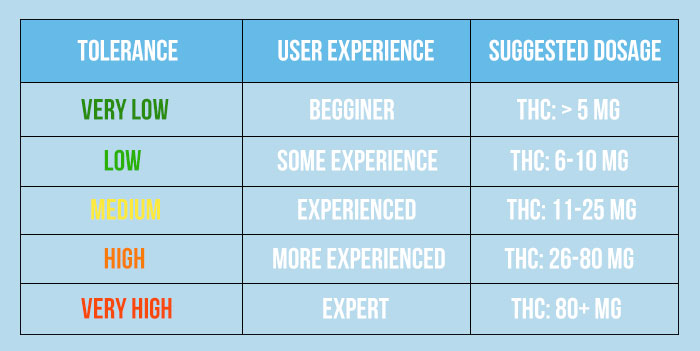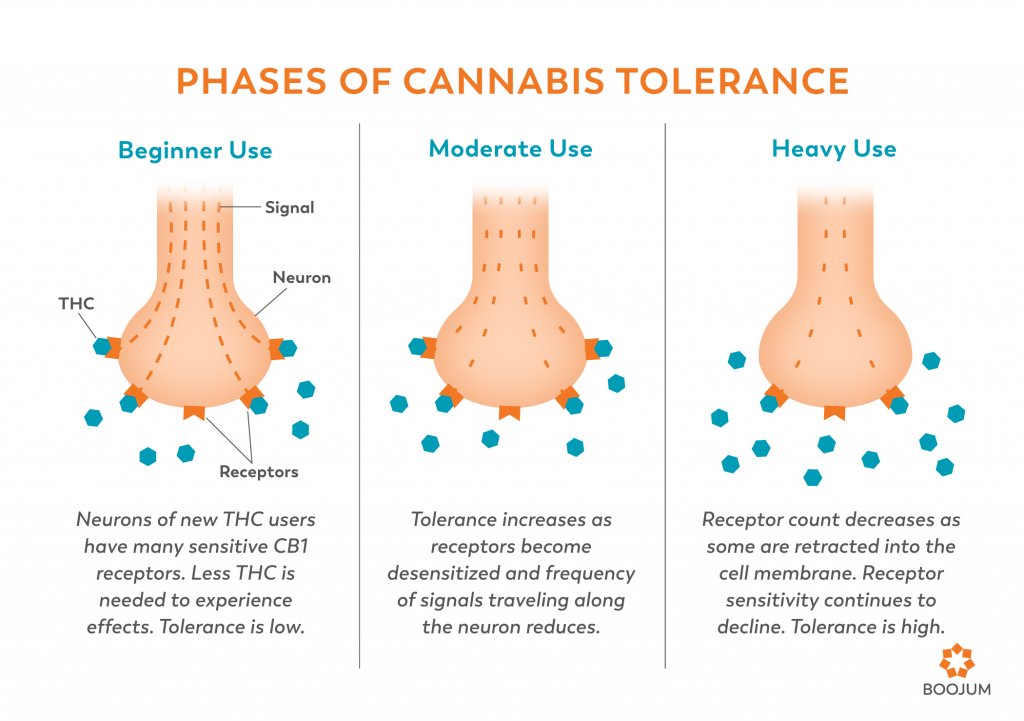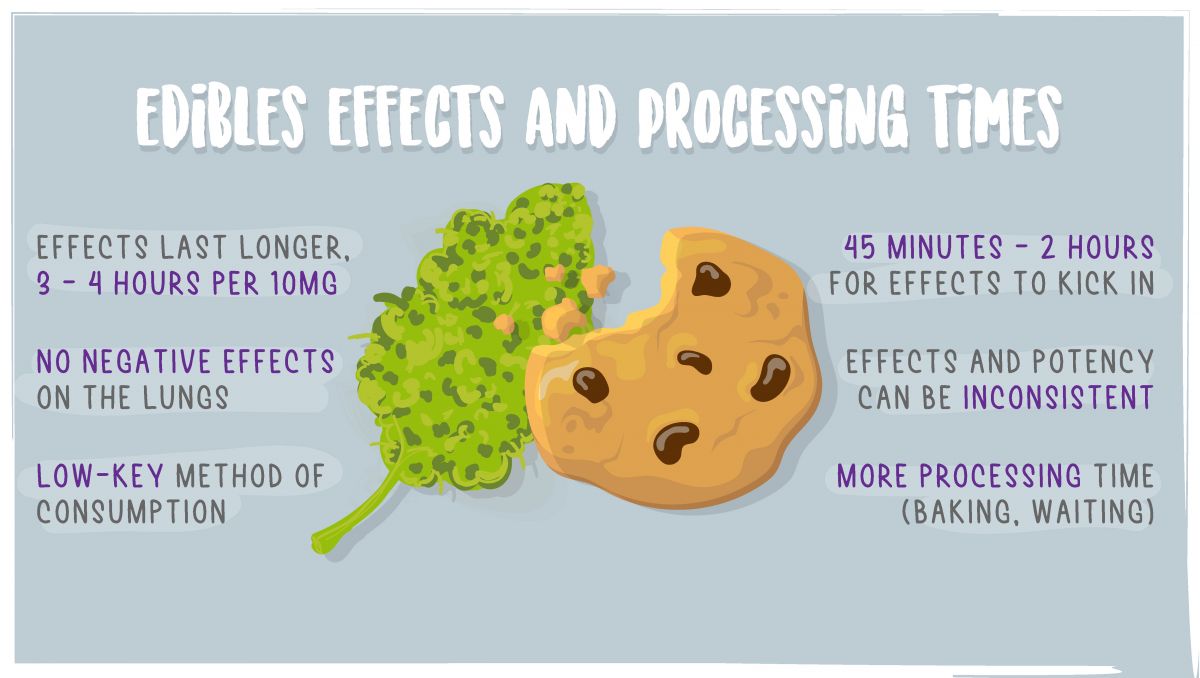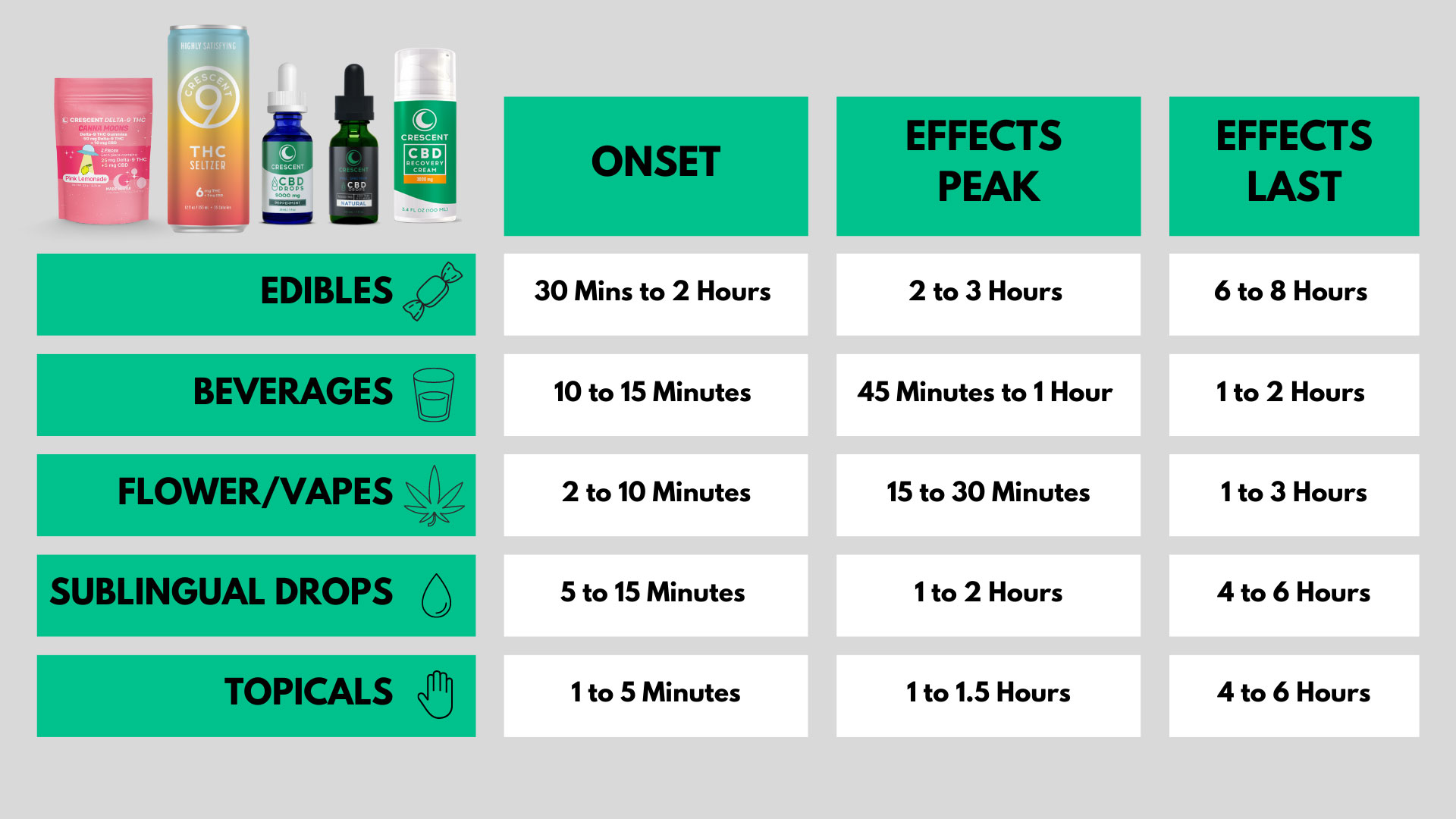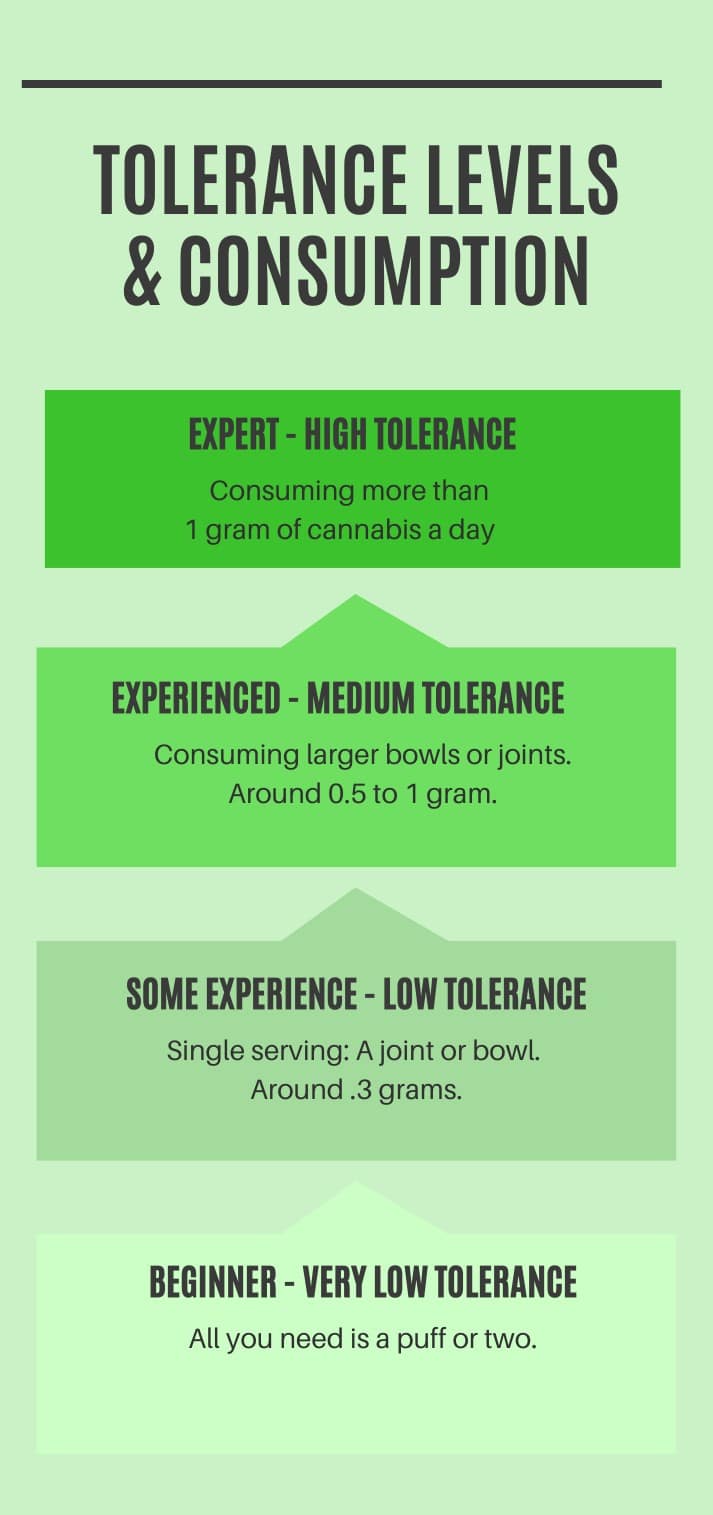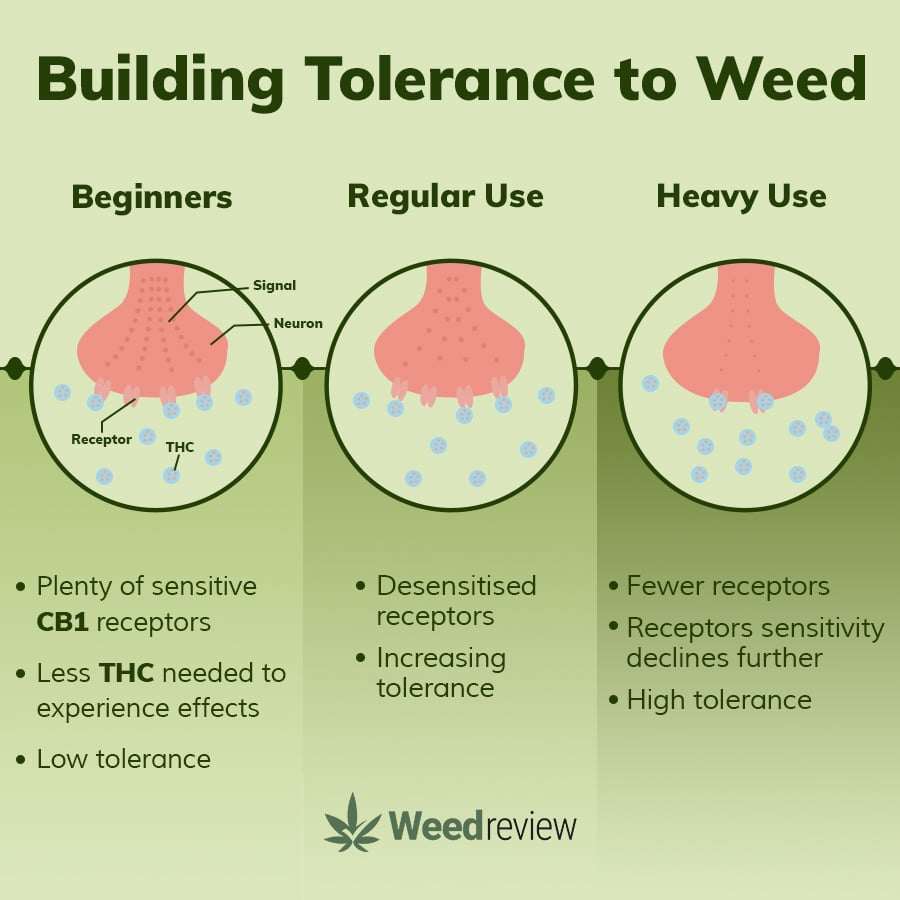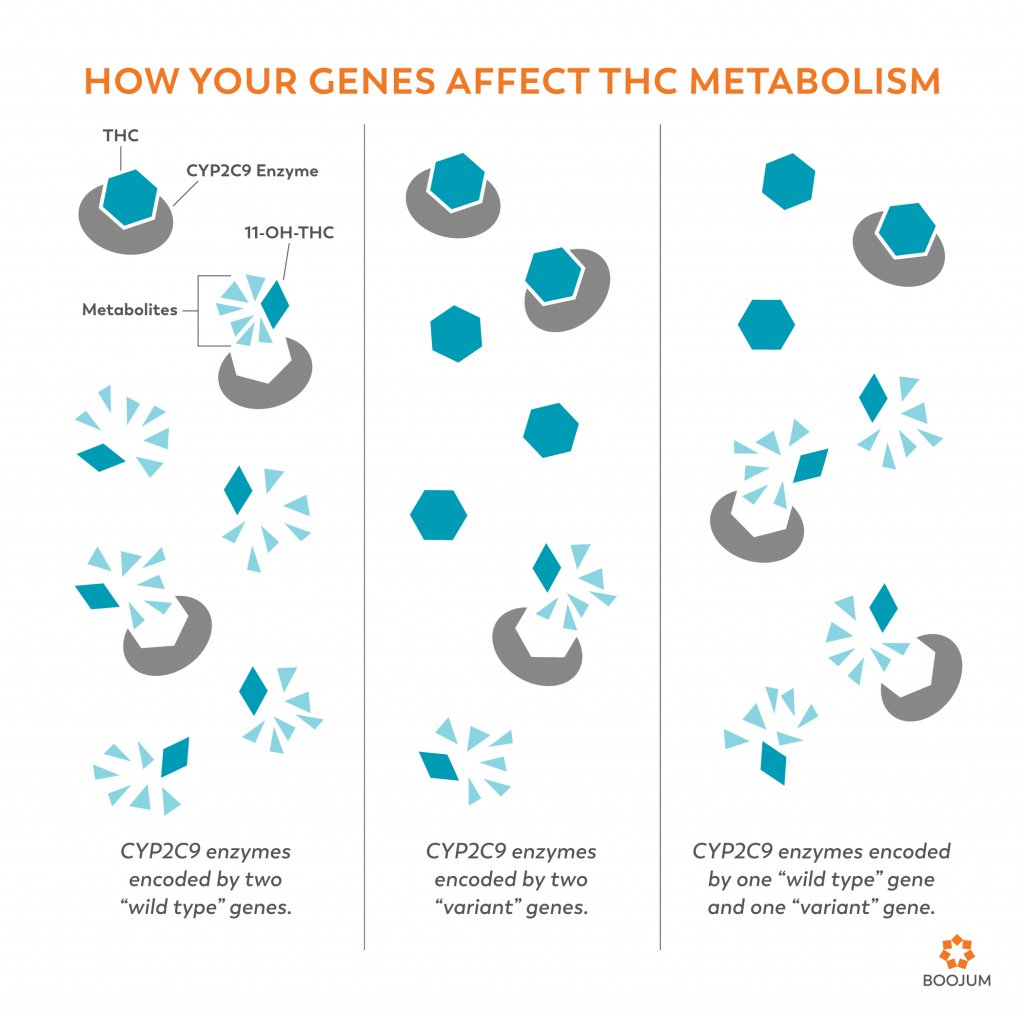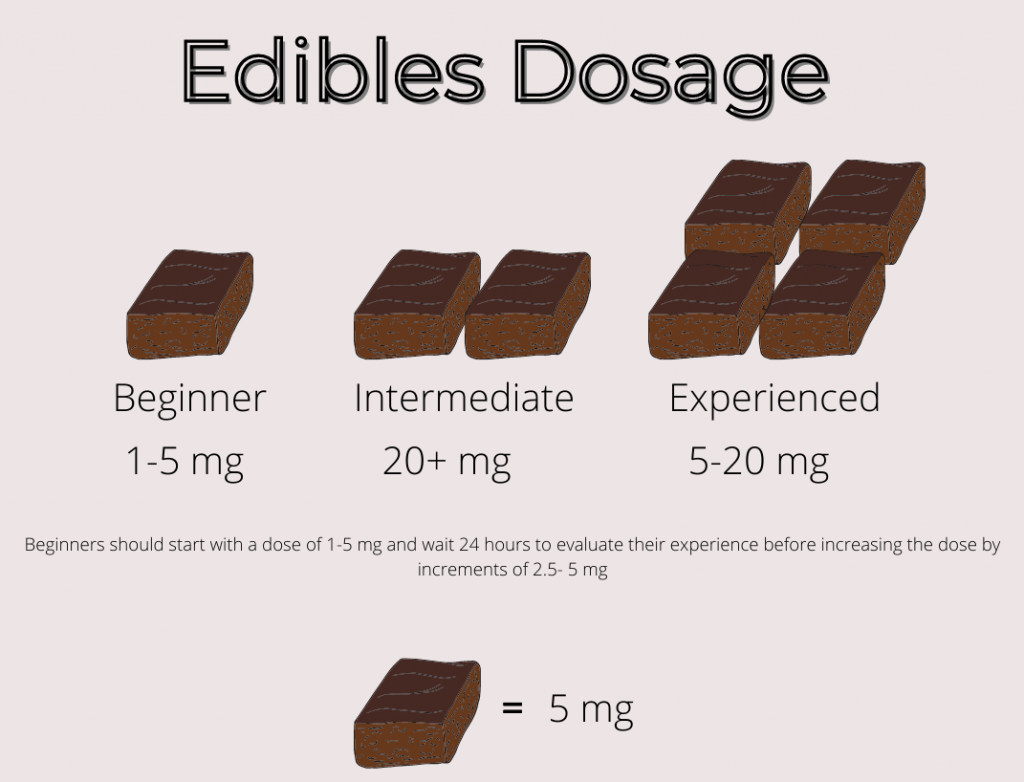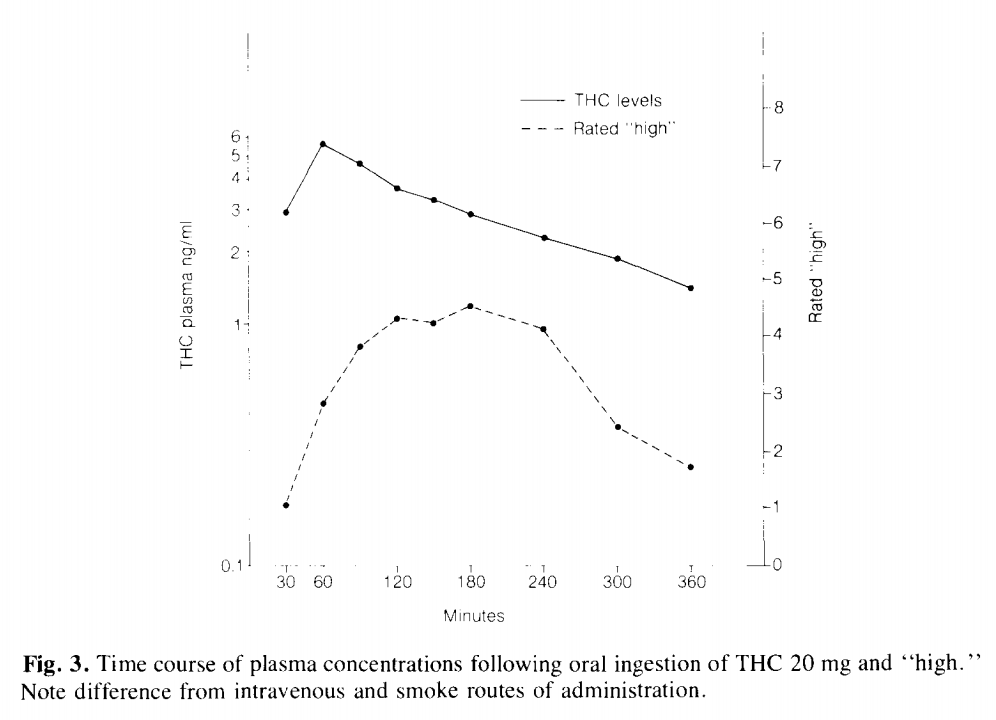How Quickly Do You Build Tolerance To Edibles
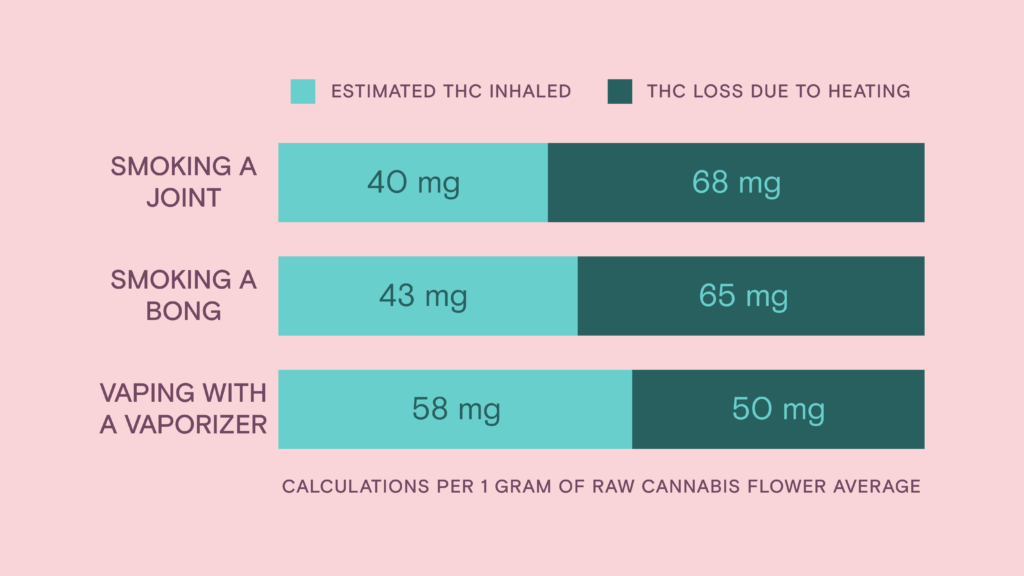
Edible cannabis users are reporting rapidly developing tolerance, leading to increased consumption and potential health concerns. Research is urgently needed to understand the mechanisms behind this phenomenon and mitigate its impact.
This article addresses the pressing issue of escalating tolerance to cannabis edibles, a phenomenon impacting users across the country. It details the current understanding of how quickly tolerance can develop, the factors contributing to this rapid increase, and the potential consequences for consumers.
The Speed of Tolerance: A Growing Concern
Tolerance to edibles can develop surprisingly quickly, even within just a few days of consistent use. Some individuals report needing significantly higher doses to achieve the same effects within a week or two. This rapid escalation is prompting experts to call for more comprehensive research.
Dr. Emily Carter, a leading researcher in cannabinoid pharmacology, warns, "The variability in edible potency and individual responses makes it difficult to predict tolerance development, but we are seeing alarming trends of users requiring exponentially higher doses."
What Factors Influence Tolerance?
Several factors contribute to the speed at which tolerance develops. Frequency of use is a major determinant; the more often edibles are consumed, the faster tolerance builds. Dosage is also critical, with higher doses leading to quicker tolerance.
Individual metabolism plays a significant role. Those who metabolize THC more quickly may experience a faster onset of tolerance. Genetics, body weight, and even diet can influence metabolic rates, impacting how the body processes cannabinoids.
The type of edible consumed also matters. Edibles with higher THC concentrations, or those containing specific cannabinoid ratios, may lead to more rapid tolerance development. The presence of other compounds in the edible could also modulate the effects.
The Role of the Endocannabinoid System
Tolerance primarily stems from changes within the endocannabinoid system (ECS). This complex network of receptors, enzymes, and neurotransmitters regulates various physiological functions, including mood, pain, and appetite.
Chronic exposure to THC leads to downregulation of CB1 receptors, the primary target of THC in the brain. This means the brain produces fewer receptors, making it less responsive to THC. Consequently, users require more THC to achieve the desired effects.
Furthermore, the ECS may adapt through altered enzyme activity. This can lead to faster breakdown of THC, further contributing to tolerance.
Data on Edible Consumption and Tolerance
Recent data from the National Institute on Drug Abuse (NIDA) indicates a significant increase in edible consumption, particularly among young adults. This rise in popularity coincides with anecdotal reports of escalating tolerance levels.
A study published in the Journal of Cannabis Research found that regular edible users consumed an average of 50mg of THC per day, compared to 10mg among occasional users. This highlights the potential for rapid dose escalation due to tolerance.
However, comprehensive longitudinal studies are needed to accurately track tolerance development and its associated health consequences. More data is needed to fully understand the scope of the problem.
Potential Health Consequences
Rapid tolerance development can lead to several concerning outcomes. Increased consumption raises the risk of adverse effects, such as anxiety, paranoia, and impaired cognitive function. Overconsumption can also lead to uncomfortable physical symptoms.
High doses of THC can have long-term impacts on brain development, particularly in adolescents and young adults. Chronic use may also contribute to dependence and withdrawal symptoms upon cessation.
"The long-term effects of chronic high-dose edible consumption are still largely unknown," says Dr. Sarah Jones, a clinical psychologist specializing in substance use disorders. "More research is crucial to inform public health guidelines and ensure user safety."
Addressing the Issue: What Needs to Happen?
Several steps are needed to address the growing concern of edible tolerance. First, increased research is essential to fully understand the mechanisms driving tolerance and its long-term effects. Funding should be allocated to support rigorous scientific investigations.
Second, improved labeling and regulation of edible products are necessary. Clear and accurate information on THC content, as well as warnings about potential tolerance development, should be prominently displayed. Regulations should be put in place to limit the amount of THC in a serving of edible.
Third, public education campaigns are crucial to raise awareness about the risks of edible consumption. Informing consumers about potential tolerance, responsible use practices, and harm reduction strategies is essential. Healthcare professionals should also be educated on the topic.
Next Steps and Ongoing Developments
Researchers are currently investigating novel strategies to mitigate tolerance. These include exploring alternative cannabinoids, developing formulations that slow down THC absorption, and investigating intermittent dosing schedules.
The Cannabis Research Institute (CRI) is planning a major study to track tolerance development in a large cohort of edible users. This study will provide valuable data on the speed of tolerance, contributing factors, and potential interventions.
In the meantime, consumers are urged to exercise caution when using edibles. Starting with low doses, monitoring their response, and avoiding frequent use can help minimize the risk of developing tolerance and experiencing adverse effects.
